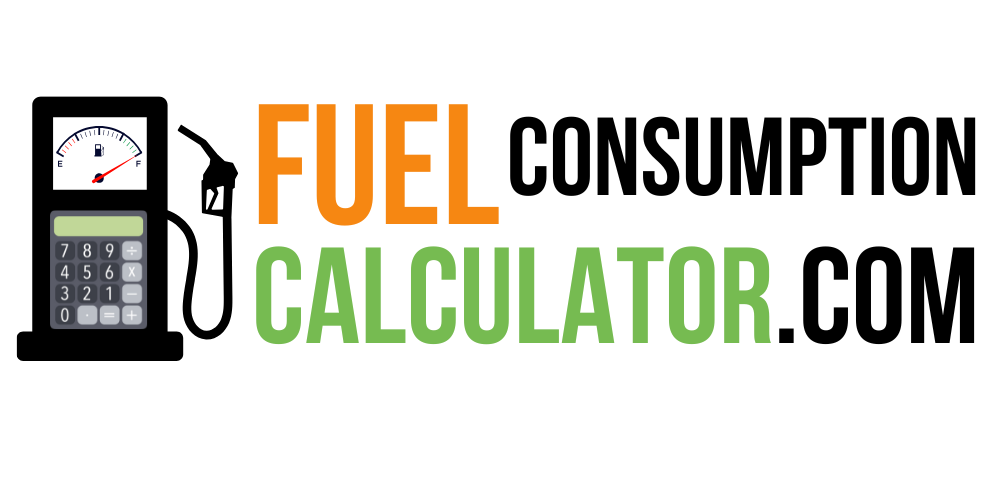Many drivers have faced that moment of uncertainty at the gas pump – you’ve accidentally filled up with regular 91 octane gas instead of the recommended premium 95 octane fuel. This comprehensive guide will help you understand the implications and what steps to take next.
📍 Quick Answer:
Using 91 octane gas instead of 95 in a vehicle that requires premium fuel typically won’t cause immediate damage to your engine.However, you may experience reduced performance, lower fuel efficiency, and engine knocking. It’s best to refill with the correct octane rating as soon as your tank is half empty.
Contents
Understanding Octane Ratings and Your Engine
Different octane ratings serve specific purposes in various engine types. Premium fuel (95 octane) is designed for high-compression engines found in luxury and performance vehicles. These engines are engineered to operate optimally with higher octane fuel to prevent pre-ignition and knocking.
Impact of Using Lower Octane Fuel
When you use 91 instead of 95 octane, several things might occur:
- Reduced engine performance
- Decreased fuel efficiency
- Possible engine knocking or pinging
- Lower acceleration response
- Increased emissions
Modern Engine Protection Systems
Today’s vehicles are equipped with sophisticated engine management systems that can detect lower octane fuel and adjust timing to prevent damage. According to the SAE International, modern engines use knock sensors and computer controls to protect against serious damage from lower octane fuel.
Recommended Actions After Using Wrong Fuel
- Don’t panic – modern cars have protective measures
- Monitor your vehicle for unusual sounds
- Avoid heavy acceleration
- Fill up with correct octane fuel when tank is half empty
- Consider using a fuel system cleaner
Short-Term vs. Long-Term Effects
Short-Term Effects:
- Minor performance reduction
- Slightly lower fuel economy
- Possible knocking sounds
Long-Term Effects:
- Potential carbon deposits
- Increased engine wear if continued use
- Higher maintenance costs
Product Recommendations
For those who accidentally used the wrong fuel, these products can help:
- Octane boosters (like Lucas Octane Booster)
- Fuel system cleaners (such as STP Complete Fuel System Cleaner)
- Engine diagnostic tools (like OBD2 scanners)
Common FAQs
Q: Will one tank of 91 instead of 95 damage my engine?
A: No, a single tank of lower octane fuel typically won’t cause permanent damage in modern vehicles.
Q: How quickly should I refill with the correct fuel?
A: It’s recommended to refill with the correct octane when your tank reaches half empty.
Q: Can I mix different octane fuels?
A: Yes, mixing octanes is safe, but your engine will perform based on the lowest octane present.
Q: How do I know if my car requires premium fuel?
A: Check your owner’s manual or the fuel door label. Most manufacturers clearly state the minimum octane requirement.
Expert Tips for Prevention
To avoid future mix-ups:
- Double-check the octane rating before pumping
- Use different payment methods for different vehicles
- Consider marking your fuel cap with the required octane
- Keep your owner’s manual accessible
Environmental and Economic Considerations
According to the U.S. Department of Energy, using the correct octane rating not only protects your engine but also:
- Optimizes fuel efficiency
- Reduces emissions
- Maintains proper engine performance
- Preserves long-term engine health
Conclusion
While using 91 instead of 95 octane fuel isn’t ideal, it’s usually not catastrophic for modern vehicles. The key is to avoid making it a habit and return to the correct fuel grade as soon as possible. Always consult your vehicle’s manual for specific fuel requirements and maintenance recommendations.
Remember: Your vehicle’s performance and longevity depend on using the right fuel consistently. When in doubt, it’s better to use a higher octane rating than risk engine damage from using a lower grade fuel repeatedly.

Hi, I’m Sufiyan, the developer behind this platform. I created FuelConsumptionCalculator.com to simplify fuel tracking for everyone — because understanding your vehicle shouldn’t require a degree in mechanics. I’m always working on adding more tools and content to make this site even more useful

